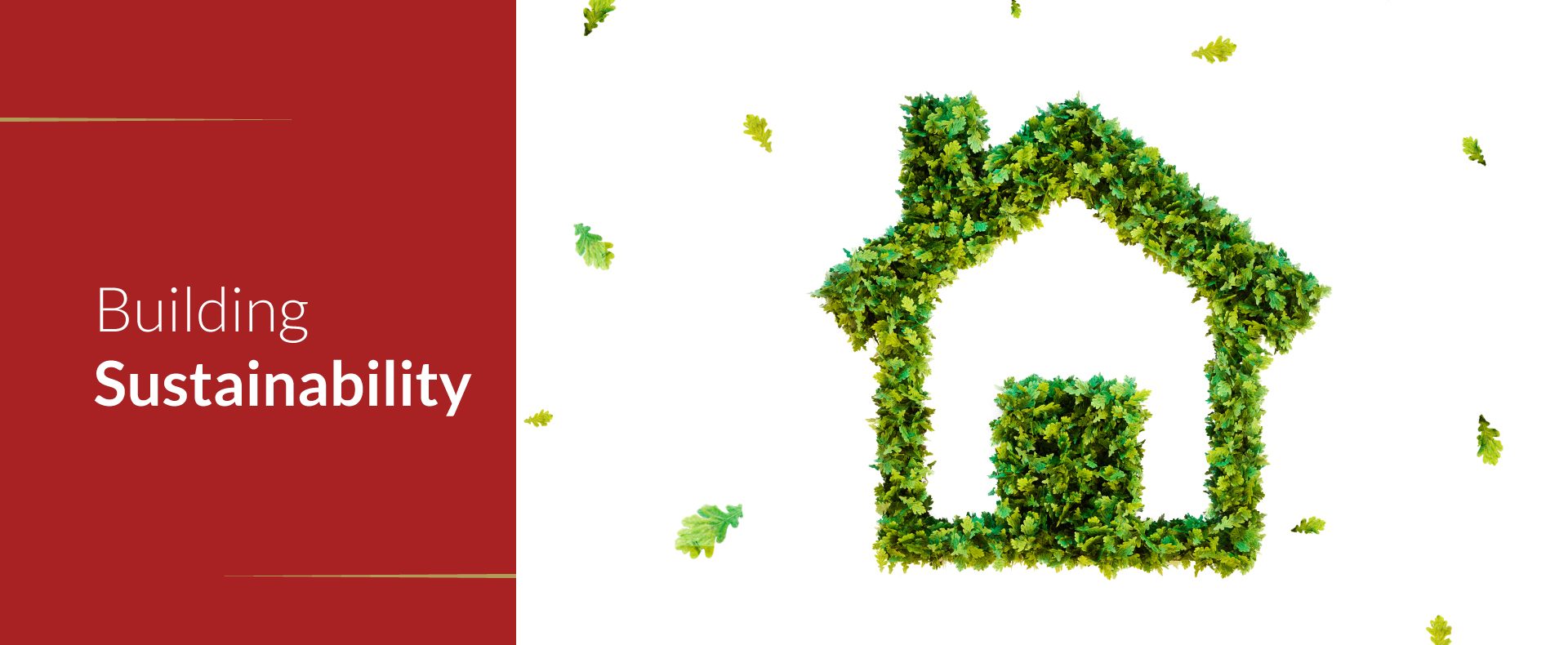
The swiftness with which we saw nature rebound during the pandemic has given us renewed hope. It showed us that changing our ways can have an almost immediate impact on the environment. Sustainable architecture is one such bold step in this direction.
Using sustainable building materials, construction methods and land usage from the get-go can ensure minimal environmental impact. The final structure itself also empowers residents to lead an eco-friendly way of life for years to come.
Here are the top 5 ways to construct sustainable structures:
Green alternatives and recycled construction materials limit environmental damage. These work to reduce the depletion of natural resources and the release of pollutants into the environment. For example, our new apartments in OMR use aerocon blocks instead of conventional concrete ones! Using this reduces the consumption of cement, which excessively uses up or pollutes water, while also releasing carbon dioxide into the atmosphere.
Using a precast foundation, which factors the site’s soil type and past usage, is another good practice. This is more durable, and consequently easier to maintain.
The world is ours for the taking, but we have to go about it responsibly. Passive tactics like designing structures to maximise natural lighting help cut down the energy consumption of a home. Large windows and spacious balconies enable cross-ventilation too. This can create pleasant indoor climates.
Active design strategies involve coordinating with engineers to implement highly efficient plumbing, electrical, and HVAC systems to reduce the usage of power-hungry appliances. This, in turn, reduces the carbon footprint of residents with minimal effort.
We can create more sustainable architecture by combining design strategies and renewable sources of power! LED lighting and well-insulated homes pave the path to greater energy efficiency. And, in cities like Chennai where the weather is almost perpetually sunny, harnessing solar energy is a given.
Water scarcity is a troubling reality in these times. Installing effective systems, like dual piping, rainwater harvesting, and artificial groundwater recharge, can help collect and repurpose water. Altezza, one of our popular new projects in Chennai, uses recycled water for gardens and recreational parks as one of many environmentally conscious practices across the sprawling premises.
Living in a concrete jungle has become commonplace, but a city’s lack of green cover affects air quality and ecosystems around us. An abundance of green cover in and around buildings can reverse these effects. In fact, trees work to trap pollutants and toxins, filter out clean air, regulate temperature, improve soil quality, recharge groundwater levels, and nurture biodiversity! They are truly an essential organ for the environment.
If you care deeply for the environment, living in an eco-friendly home can effortlessly reduce your carbon footprint. Appaswamy’s new project, Altezza, checks off all the boxes from our list of above methods. Nestled in nature, living here makes sustainability a way of life without compromising on luxury.
07 Oct 2021